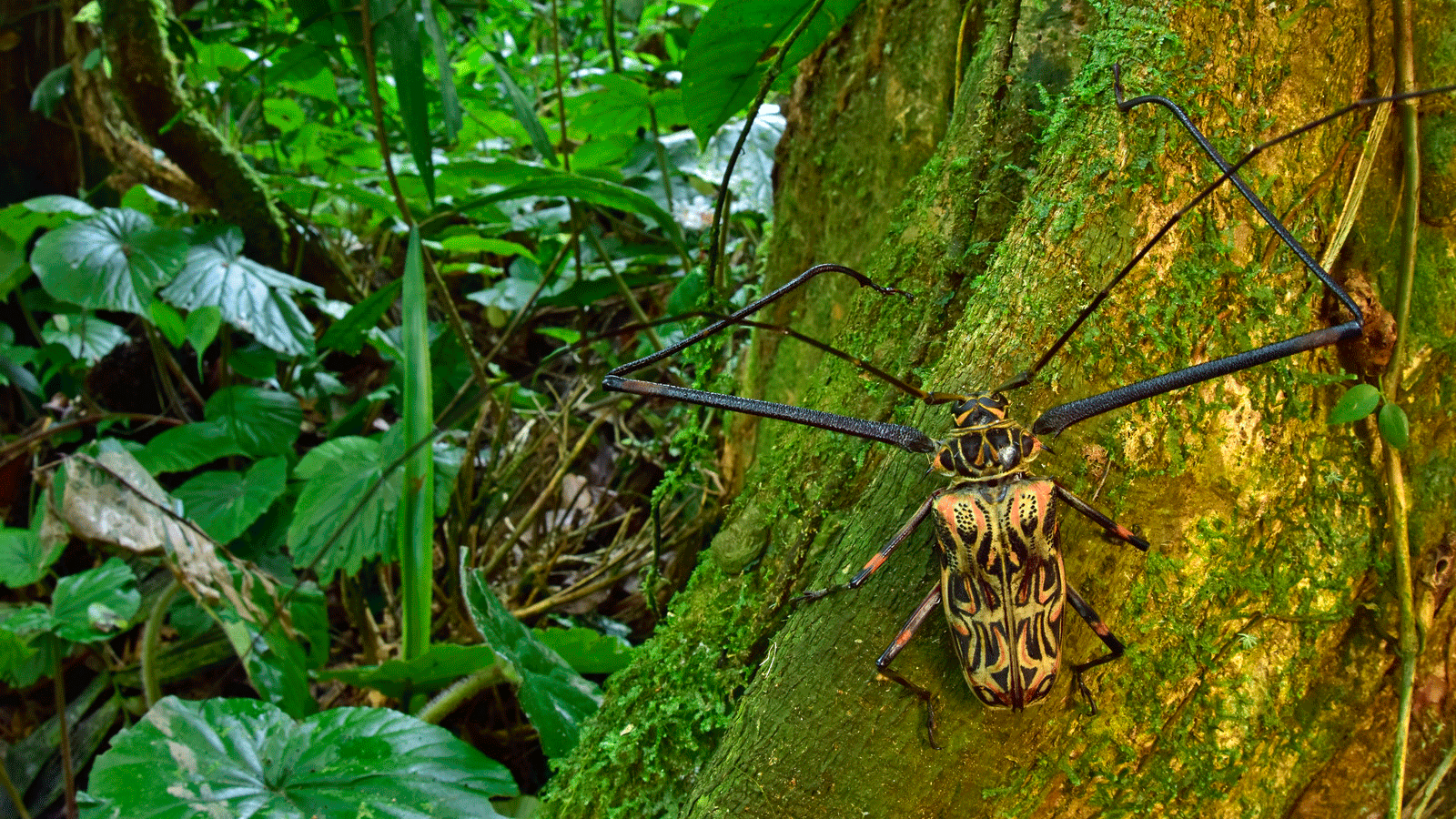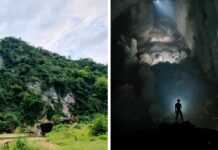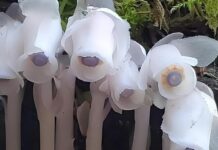Conservation International’s Rapid Assessment Program’s expert scientists, exploring the ‘City of the Jaguar’ area within the supposed complex of the legendary “Lost City of the Monkey God” or “White City” in the Mosquitia rainforest in Honduras, have found a treasure trove of rare and endangered species, including at least three species previously thought to have been extinct (the False Tree Coral Snake, the pale-faced bat, and a tiger beetle).
The RAP discovered 246 species of butterflies and moths, 30 species of bats, and 57 species of amphibians and reptiles. They also discovered 22 species that have never been seen in Honduras before, such as the Great Green Macaw, and one fish species that they believe is entirely new to science.

Together, the team catalogued about 180 plant species, 250 insect species, and 198 bird species during the three-week expedition, which took place in 2017. Their full report on the expedition and its dizzying array of findings was only published this week.

Biologist Trond Larsen, director of RAP who was part of the team exploring the City of the Jaguar within the ‘White City’, was amazed by the hundreds of rare animal and plant species they discovered. He wrote in a blog post:
“What we found is extremely high biodiversity in the context of Central America, including many rare and threatened species as well as new country records. We rediscovered three species believed to be extinct in Honduras, and we found a thriving population of white-lipped peccaries, a pig-like species that is extremely sensitive to deforestation and degradation, and you don’t find many of them in Central America anymore.

Though the White City has been officially protected since 2015, cattle ranching is still resulting in a high amount of destruction. For Larsen, the most notable threat to the area is thus illegal deforestation ‘driven by powerful people with money’:
“One of the main reasons we found such a high species richness and abundance of threatened and wide-ranging species (e.g., peccaries) is that the forests around the White City remain pristine, unlike much of the region. This makes the area a high conservation priority for maintaining the broader landscape connectivity that is essential for the long-term persistence of biodiversity through Central America.”
“And these are areas with no road networks, no logistics or infrastructure to let people get in or let guards in, so it’s very hard to stop what’s happening. In many cases, this illegal activity is being driven tangentially by drug trafficking, so it’s driven by powerful people with money. That’s the primary threat to the integrity of the forest of the area.”

Dr. John Polisar, a member of the RAP’s expedition team, has urged the environmental and political communities to protect this biologically rich and diverse land:
“We have been doing field work in the indigenous territories of La Mosquitia for 14 years, and this site stood out as being simply gorgeous. Because of its presently intact forests and fauna the area is of exceptionally high conservation value. It merits energetic and vigilant protection so its beauty and wildlife persist into the future.”






